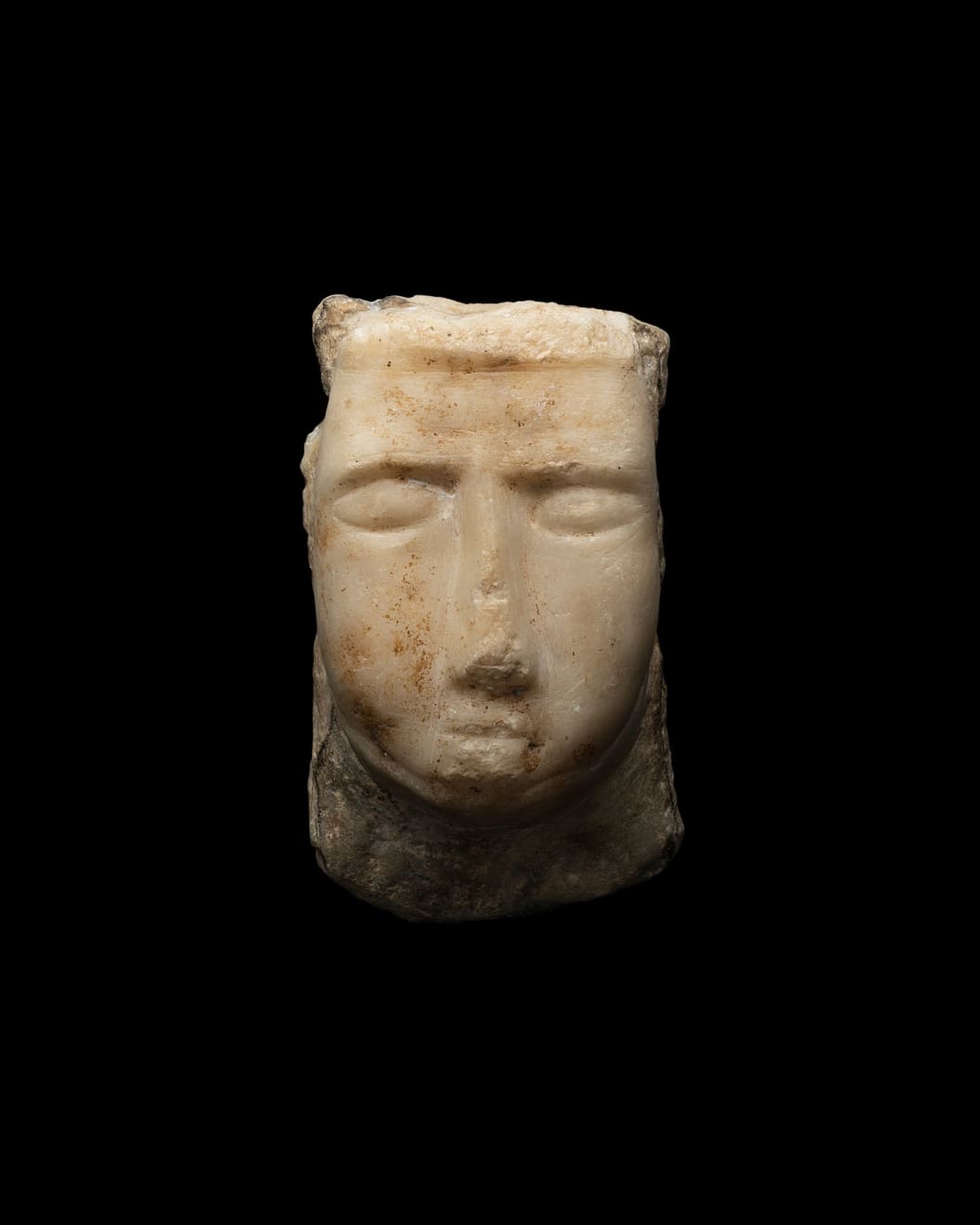South Arabian
Provenance
With Arte Primitivo, New YorkAmerican private collection, New York, before 2000
Literature
South Arabian art is well-known not only for its distinctive statues of human figures but sculptures of animals such as bulls, antelopes and ibexes. These were carved both free-standing and in relief, and usually made of alabaster or limestone. The ancient Arabian kingdoms flourished until the 5th century A.D. as a result of agricultural wealth and trade of precious commodities, most importantly frankincense and myrrh, with the civilisations of Egypt, the Near East, and the Hellenistic and Roman empires. Other commercial goods, such as spices and fragrances, were produced in South Arabia, and the region played a key role in the trade of products from Africa, the Persian Gulf, and India.
Cf. Queen of Sheba, Treasures from Ancient Yemen, London, 2002, pp. 196, 198-199, nos. 272, 277-278.
Lombardi 2016 / South Arabian Funerary Stelae from the British Museum Collection


